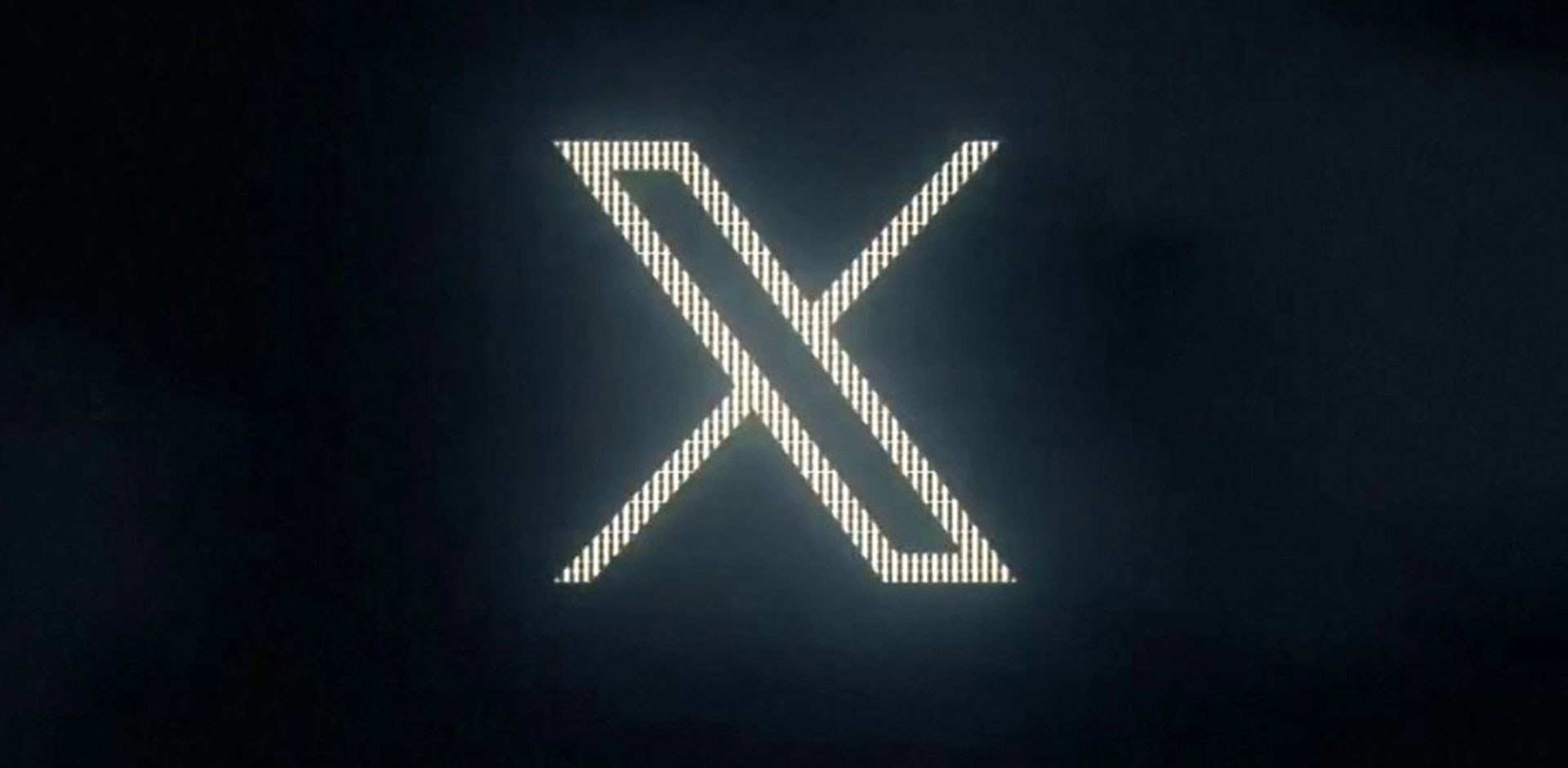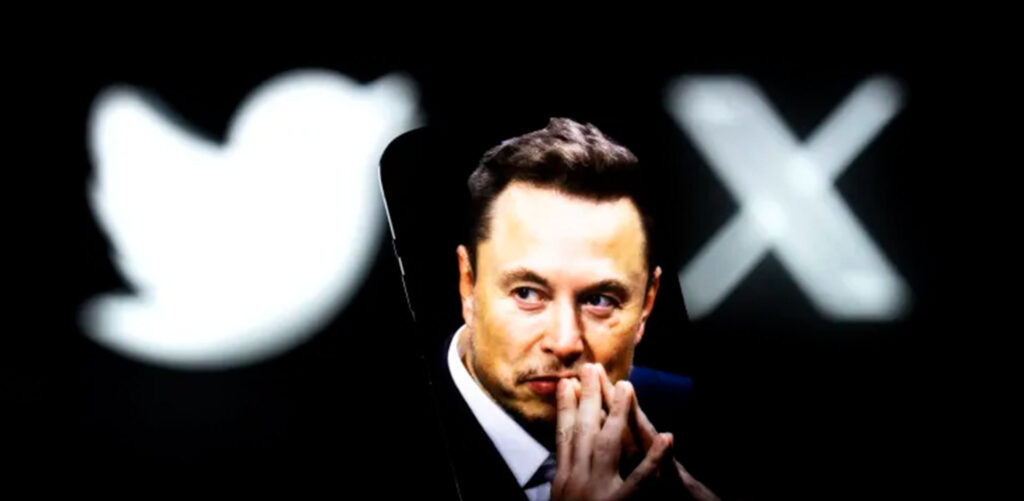In a groundbreaking move, Twitter, the renowned social media platform, recently rebranded as ‘X’. Twitter’s transformation from the iconic blue bird logo to an enigmatic black and white “X” symbol has sparked a flurry of media coverage worldwide, following the strategic change initiated by the billionaire owner Elon Musk.

Musk’s Reason Behind the Rebranding
Elon Musk, CEO of SpaceX, Tesla, and now Twitter, announced the rebranding, marking a significant shift since he acquired the social media behemoth last year for $44 billion. He tweeted on Sunday that the inspiration behind the new logo was to “embody the imperfections in us all that make us unique”. The logo change began to materialize on the desktop version of Twitter on Monday, with the bird remaining a dominant logo on the mobile version.
Twitter CEO Linda Yaccarino also embraced the new logo, stating that “X is here! Let’s do this”. She affirmed that the new logo symbolizes the “future state of unlimited interactivity”, laying the groundwork for a global marketplace for ideas, goods, services, and opportunities.
Media Coverage and Public Reaction
The media response to the transformation has been colossal. CNBC reported on the change, detailing how Musk traded the iconic blue bird logo for a black-and-white ‘X’. The Hill chronicled the unfolding events, underscoring the impact of the rebranding on the social media landscape. The Spokesman provided additional coverage, commenting on the imminent departure of Twitter’s blue bird logo and the future transition of Twitter’s brand.

However, the rebranding wasn’t met with universal applause. Branding experts, former employees, and even some Twitter users criticized the decision, questioning the wisdom of discarding such a recognizable brand. Marketing entrepreneur Ben Parr challenged Musk’s decision, tweeting, “Looking forward to Elon stans explaining to me how destroying a universally-recognizable brand is a smart business decision”.
The implication of the Rebranding
The ‘X’ branding aligns with Musk’s previous ventures, including his early payment processing company X.com and the newly named parent company of Twitter, X Holdings. This change also poses significant questions about the future strategy of Twitter, especially as it faces increasing competition from new social media platforms such as Meta’s new app, Threads.
In an attempt to drive more users to pay for a premium experience, Musk imposed restrictions on the regular interface, including limiting the number of daily direct messages unverified users can send. Musk has also spoken about transforming Twitter into an “everything app” that would include payment systems and communication channels, indicating that the rebranding is just a piece of a more significant restructuring.

Despite the wave of criticism, Musk appears undeterred, embracing the role of an industry maverick and pushing boundaries in the social media landscape. The rebranding of Twitter to ‘X’ demonstrates a willingness to challenge established norms and revolutionize the way social media platforms operate. As we await the full impact of this strategic move, one thing is clear: the transformation of Twitter to ‘X’ has undeniably generated ripples in the media industry, sparking conversations about the future of social media.








